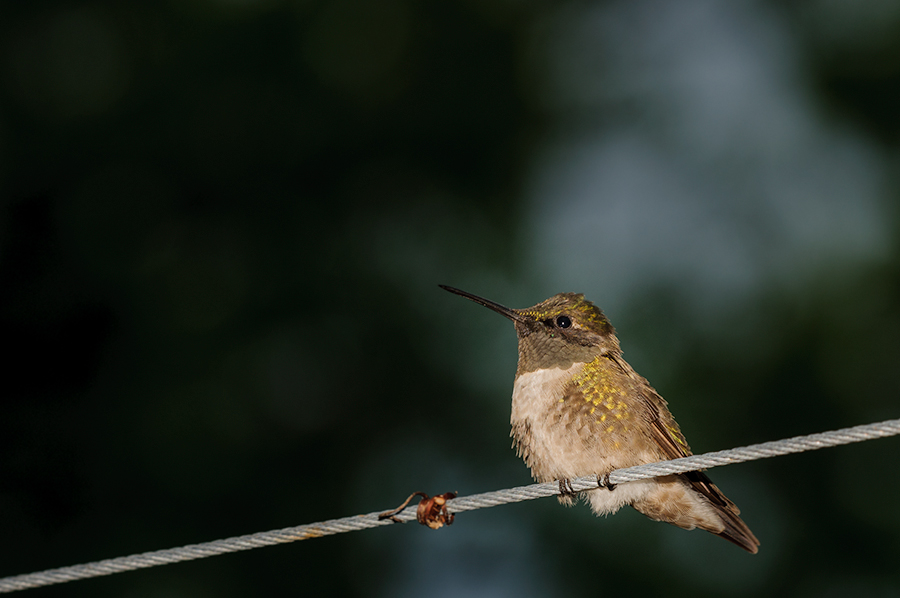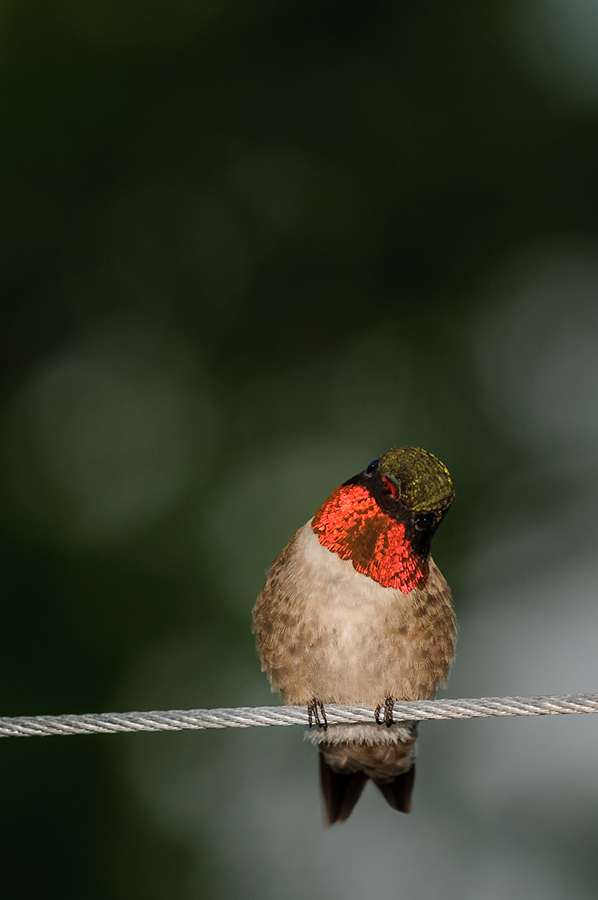Are you tired of seeing wildlife photos? Well, I'll never be but I still like to work other subjects in my photography ones in a while. Yesterday I crossed the bridge over the Mississippi into Illinois. During the summer every Thursday the owners and drivers of cars, built before 1972, meet in East Dubuque and enjoy to display their cars and socialize with each other.
I have a strong technical background and may understand most of the technical talk I heard yesterday but the reason I'm drawn into an event like this is the sheer beauty of some of the old cars on display. I enjoy watching people that have passion for the things they do and that was definitely the case yesterday evening.
Nobody complained about the bare blue sky and sun, except for the photographer. ;-) Our vision can differentiate, according to a Stanford study, up to 15 stops of light in one glance but most digital cameras are only able to handle a five-stop-range. My friend Dave Updegraff has a Nikon D4 and this great camera is able to handle six f-stops. Well, no matter what digital camera you hold in your hands, it doesn't solve the light challenge we were facing yesterday evening. How can we handle it and bring some images home that look halfway decent? I looked for the cars that were parked on the westside of Main Street in the shade of the buildings and just tried to keep the sky out of the frame for my detail shots. The third image is an HDR, made from five different exposures that were merged in NIK HDR Efex Pro. Two different ways to go but even if I'm not a big fan of HDR processing, (mostly useless in wildlife photography), I do not exclude it from my tool box and see it as a valid tool for light situations that are hard to overcome.
As I said, I do stuff like this only occasionally, ones in a while, but my photography friend Brian over in Germany has a "led sled" that would be allowed to park in an event like yesterday without any doubt. In addition he is a very talented photographer who has some great car images in his blog. Check it out HERE!
















